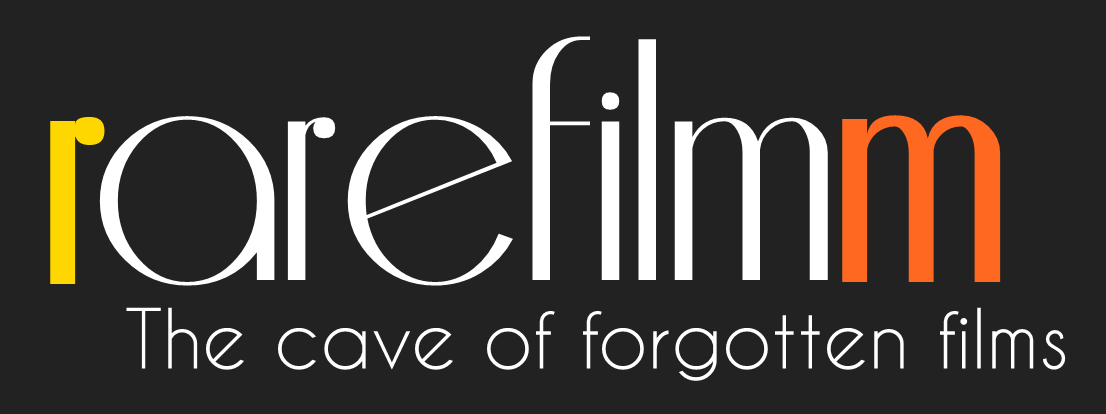Fast-moving impressions of the Big Sur, the water, the ocean, and the Ladies, as part of the landscape, swimming, or running nude, against the sun or part of the sun.
Category: Experimental
A man sentenced to death reflects on his arrest, interrogations, torture… and a bit on the time before, long gone, swallowed up by pain and numbness.
——UPGRADED——
This film is a visual diary of Nedeljko Dragic’s visit to the United States, for which he has transformed his impressions into a rapidly flowing, semi-abstract series of images. He has created a nightmarish vision, with certain ideas, such as the pace and superficiality of life, technological and economic power and ostentatious advertising, predominating. In his somewhat sardonic comment on American values the more innocent images of the past, like the love-sick mouse chasing a cat and the small figure of Chaplin’s little tramp, are few and far between.
An interpretation of The Confessions of Saint Augustine, featuring an ordinary middle-aged man who undergoes a conversion experience while watching an experimental film. The film is by Al Rutcurts (think about it) and Earl is so bored that his mind starts to wander.
The day that Pier Paolo Pasolini was killed, Glauber Rocha decided to make this film about the life of Christ in the Third World. Starting from a dialectical synthesis between capitalism and socialism, and a search of interracial relationships in Brazil, Rocha created a work of religious and prophetic tone that results in a kind of bewilderment contemplative, now lyrical, now frantic, soaked in a new messianism. In his last film, the director proposed a tune of sounds and images that build a picture of Brazil and a portrait of himself.
In the slums of Osaka, various marginalized misfits have their own interpretations of love. Completely alienated from the outside world, they commit sexual perversions, violence and cannibalism.
Associations sets language against itself by using the ambiguities inherent in the English language. Images from magazines and color supplements accompany a voice-over reading from the book ‘Word Associations and Linguistic Theory’ by academic linguistic Herbert H. Clark. Combining a wry sense of humor with word/visual games and puns, Smith explores the boundaries of cinematic montage by combining elements together and against each other in order to destroy and create multiple meanings at the same time.
Zedd is minding his business, when he is stopped by a cop who accuses him of being a junkie. After a short argument he is beaten and dragged to the police station. At the station he is interrogated by a detective and the police chief. After being beaten and tortured several more times, Nick Zedd’s character mutilates himself with some hedge cutters.
